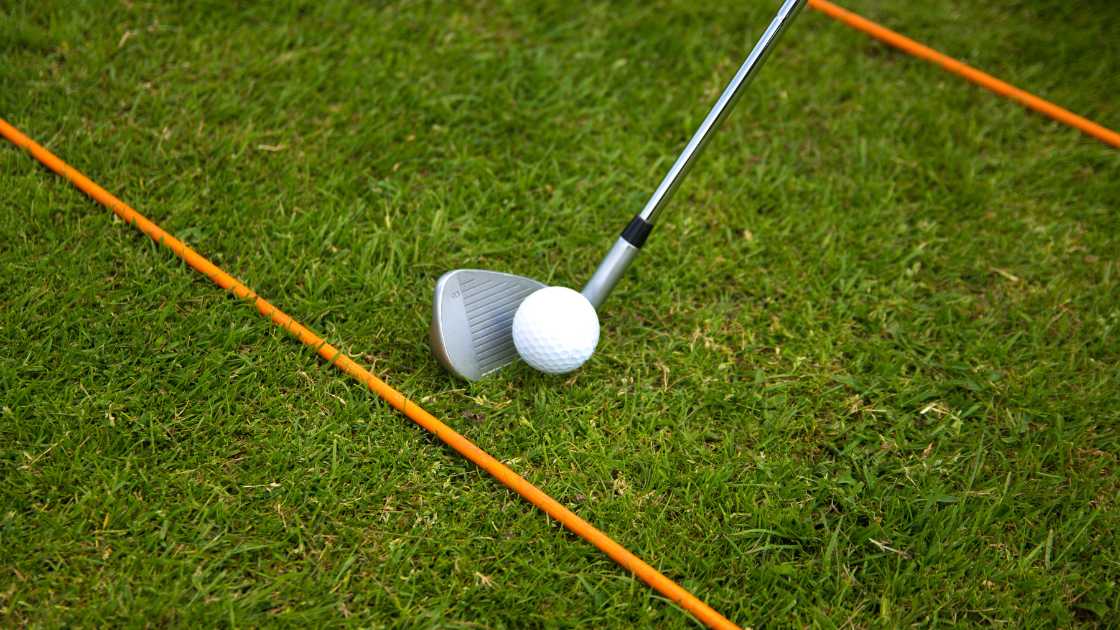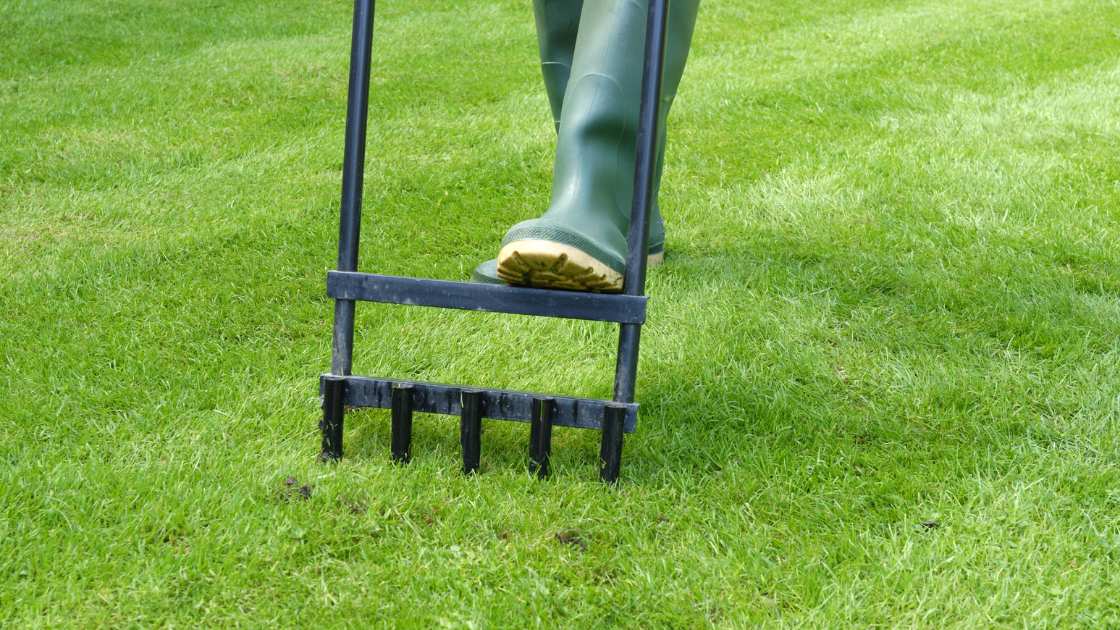
How to Align Golf Grips: Perfecting Your Swing with Proper Grip Alignment
Mastering the art of golf requires more than just a powerful swing; it demands precision and attention to detail in every aspect of your game. One often overlooked yet crucial element is the alignment of your golf grips. A proper grip alignment not only enhances your control over the club but also ensures consistent swings and accurate shots. In this guide, we’ll take you through the step-by-step process of aligning your golf grips to help you elevate your game and lower those scores.
Table of Contents
ToggleWhy Grip Alignment Matters
Before diving into the how-to, let’s understand why grip alignment holds such significance. The grip is your only point of contact with the golf club, and its alignment directly impacts the orientation of the clubface at impact. A misaligned grip can lead to unintended fades, slices, hooks, and other undesirable shot patterns. Correctly aligning your grips lays the foundation for a square clubface, enabling you to hit straighter, more controlled shots.
There are Step-by-Step Guide to Aligning Golf Grips
Gather Your Materials
To get started, you’ll need a few basic tools:
- New grips (if necessary)
- Grip solvent
- Double-sided grip tape
- Vice or grip station
- Towel
- Rubbing alcohol
- Hook blade or utility knife
Remove the Old Grips
If you’re replacing old grips, carefully cut them off using a hook blade or utility knife. Clean the shaft with a towel and rubbing alcohol to ensure proper adhesion for the new grips.
Apply Grip Tape
Wrap double-sided grip tape around the shaft where the grip will be placed. The tape’s width should match the grip’s length, and it should extend slightly beyond the butt end of the grip.
Apply Grip Solvent
Apply grip solvent to the tape and the inside of the new grip. This lubricates the surfaces, allowing you to easily slide the grip into position.
Align the Grip
Before sliding the grip onto the shaft, make sure you’ve identified the alignment marks or logo on the grip. Align these marks with the clubface’s desired position. For most golfers, this means positioning the logo square to the target line.
Slide and Adjust
Slide the grip onto the shaft, over the tape and solvent. As you do so, ensure the alignment marks remain square to the target line. Once the grip is on, you have a small window to adjust its position if needed, so take your time to get it right.
Secure and Set
With the grip in place, wipe off excess solvent and let it set for several hours. If you have access to a grip station or vise, secure the club in a vertical position to ensure the grip dries evenly.
Check Alignment
Once the grip is completely dry, check its alignment again. Stand in your natural address position and ensure the grip’s alignment marks match your desired clubface orientation.
Practice Makes Perfect
Aligning your golf grips is a skill that improves with practice. As you become more comfortable with the process, you’ll find that it becomes second nature, allowing you to fine-tune your grip alignment to suit your swing and shot preferences.
FAQs
Why is grip alignment important in golf?
Grip alignment in golf is essential because it directly influences the orientation of the clubface at impact. A misaligned grip can lead to inconsistent shots, such as slices, hooks, and fades. Proper grip alignment ensures that the clubface is square to the target line, allowing for straighter and more controlled shots.
Can I align golf grips without professional help?
Yes, you can definitely align golf grips on your own with the right tools and a step-by-step process. You’ll need new grips, grip solvent, double-sided grip tape, a vice or grip station, a towel, rubbing alcohol, and a hook blade or utility knife. By following instructions on how to remove old grips, apply grip tape and solvent, align the grip marks, and secure the grip in place, you can achieve proper alignment without professional assistance.
How do I know if my grip alignment is correct?
To verify if your grip alignment is correct, address the ball as you normally would and check the alignment marks or logo on the grip. In most cases, the logo should be square to the target line. This ensures that the clubface is also square to the target. You can also double-check your alignment by practicing a few swings to observe the ball’s trajectory. If you consistently hit shots off-target, it might indicate an alignment issue that needs adjustment.
Conclusion
When it comes to golf, the smallest details can have the most significant impact on your performance. Proper grip alignment sets the stage for accurate shots and consistent swings. By following these step-by-step instructions, you can ensure that your grips are aligned correctly, giving you the confidence to tackle the fairway with precision and finesse. Elevate your game by mastering this often-overlooked aspect and watch your scores plummet as your shots become more accurate and controlled.



